Statistical Inference: Solutions for Exercise 4.2 and Chapter 6
VerifiedAdded on 2022/08/29
|7
|647
|19
Homework Assignment
AI Summary
This document presents solutions to a statistical inference assignment, addressing key concepts from Chapter 6 and Exercise 4.2. The solutions cover topics such as the likelihood function, score function, and unbiased estimators. Detailed explanations are provided for each question, including the derivation of the score function and the calculation of the variance. The document also explores the properties of unbiased estimators and MSE consistency. Furthermore, it delves into the Cramer-Rao inequality and its implications for the lower bound on the variance of unbiased estimators. The document references relevant statistical literature to support the solutions and provide a comprehensive understanding of the concepts discussed. This solution is contributed by a student and available on Desklib, a platform offering AI-based study tools.
1 out of 7
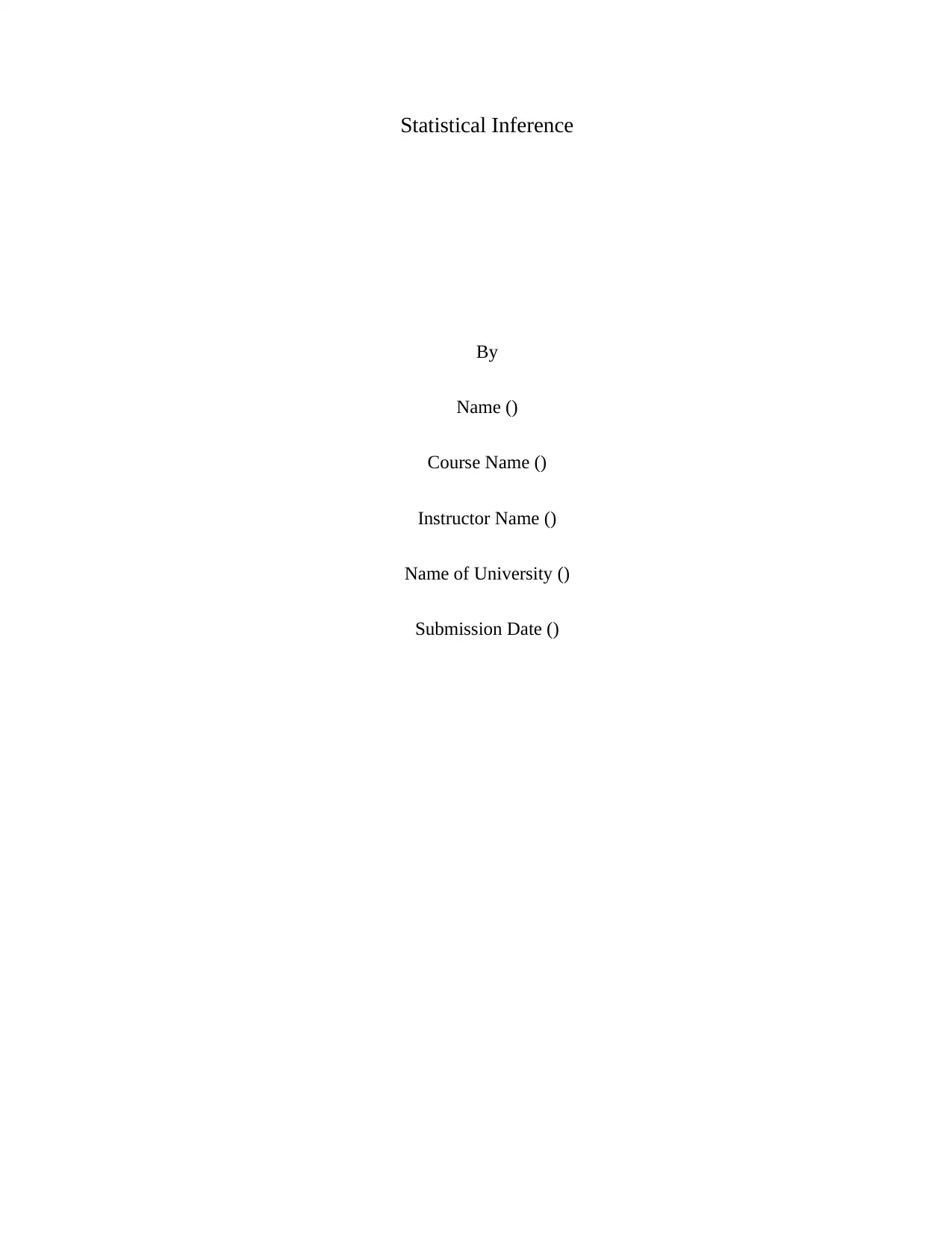
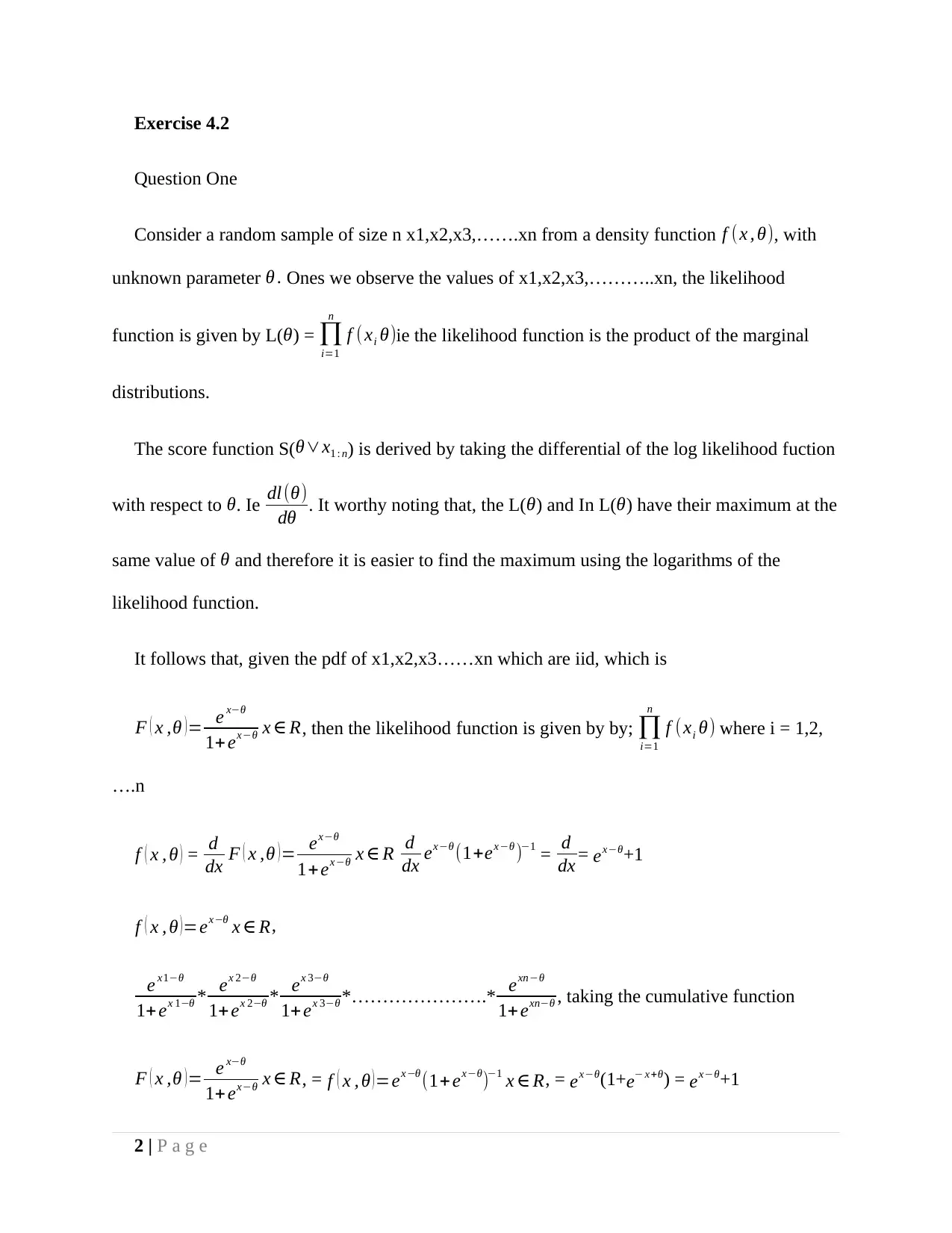
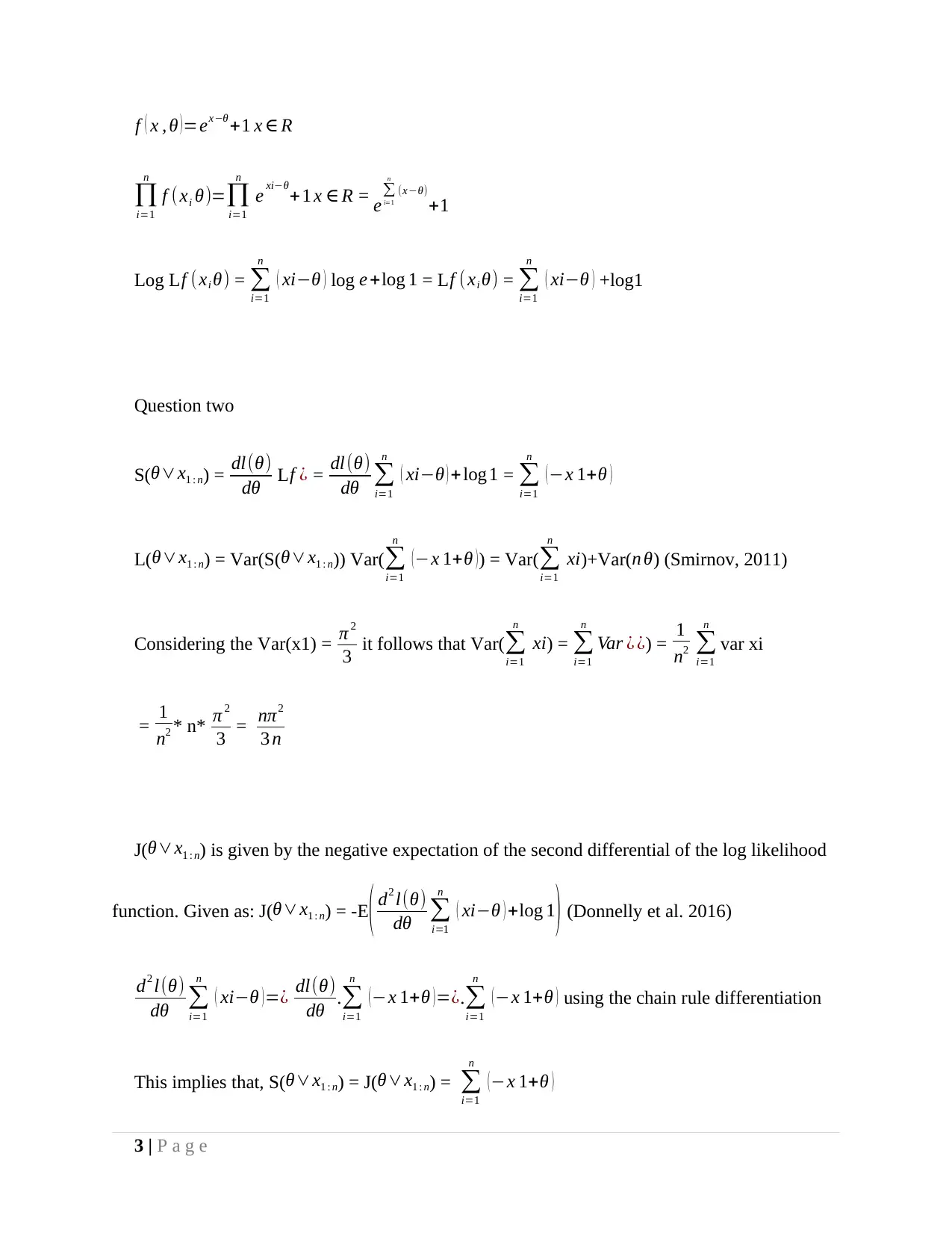

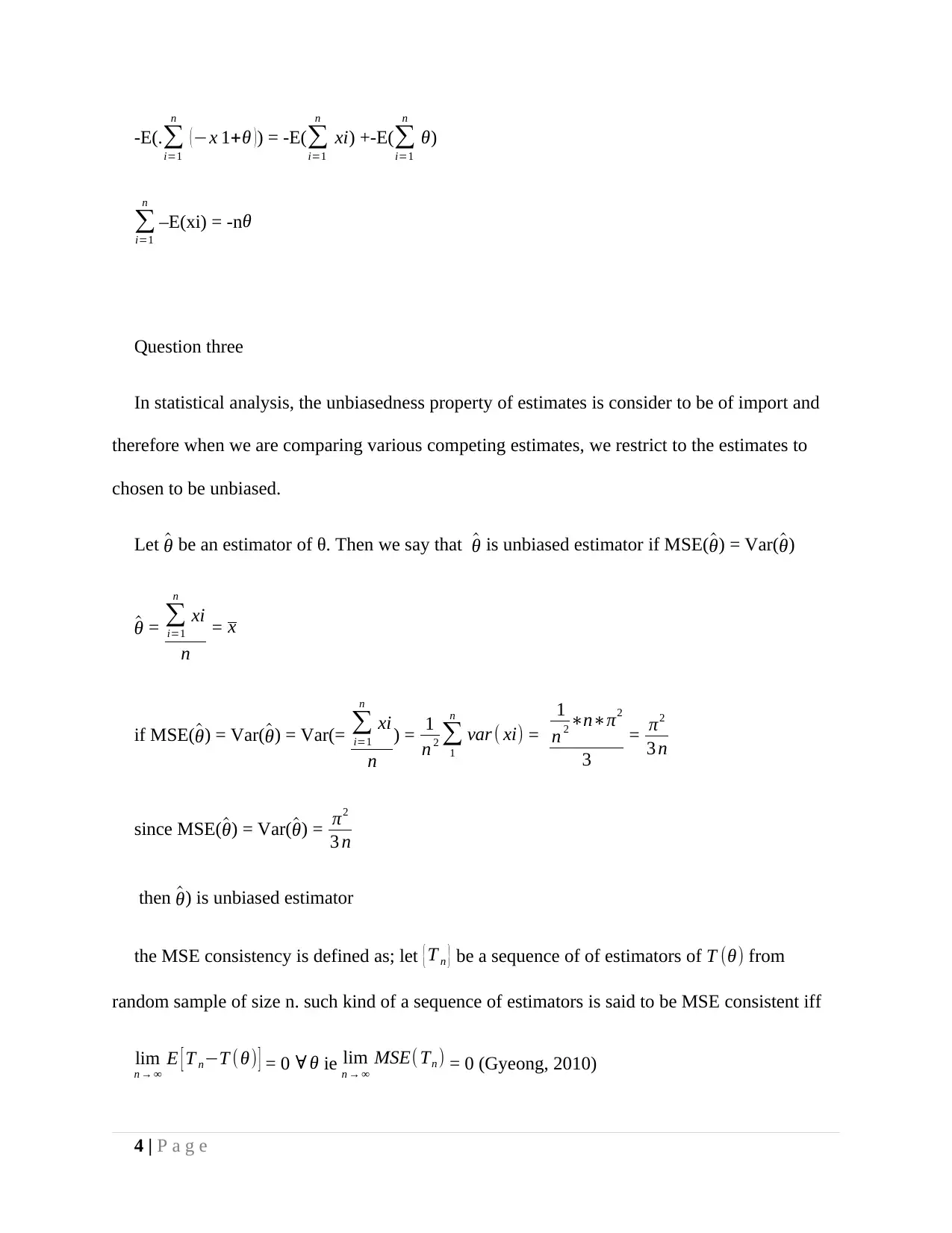
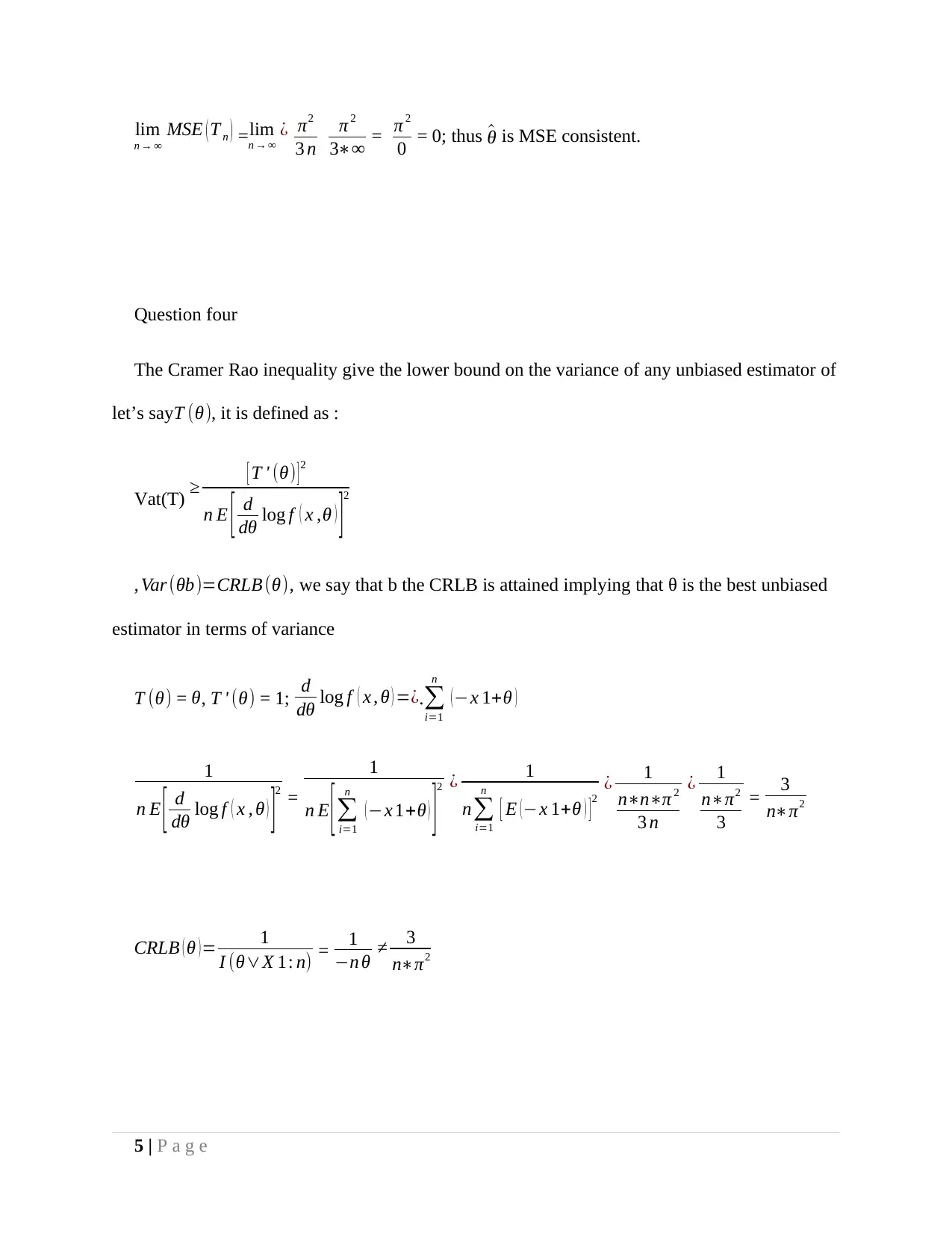
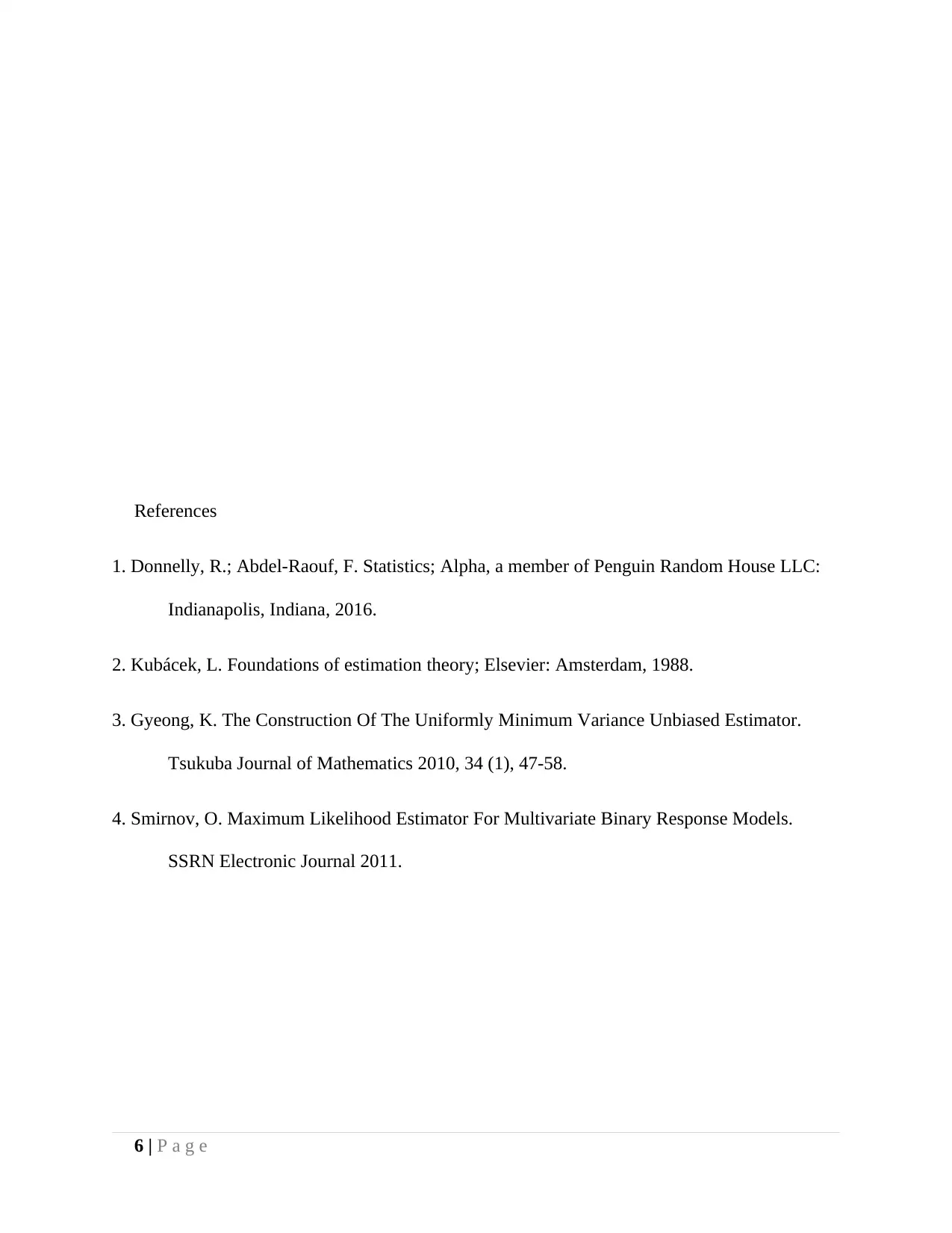







![[object Object]](/_next/static/media/star-bottom.7253800d.svg)